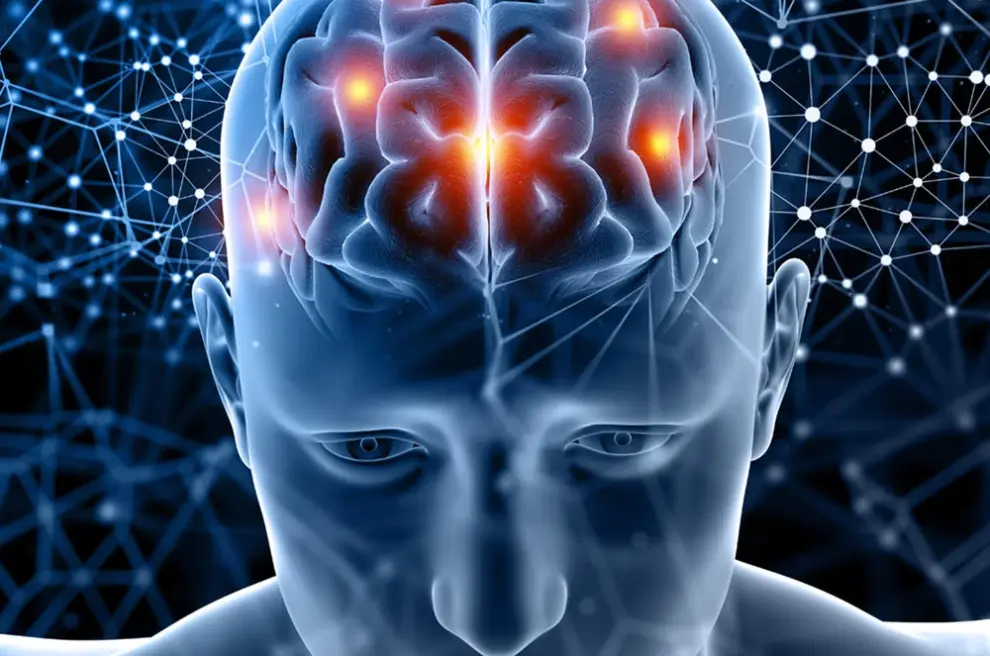Book Appointment 210-405-8258
Book Appointment 210-342-2777
Understanding concussions and severe TBIS


Your brain is a complex, marvelous, and utterly unique collection of nerves, blood vessels, and tissues. It is also the central motivator of your nervous system, and it receives, processes, and sends messages to every cell and every part of your body.
Using Sensory integration and sensory processing, the brain allows us to use our five senses: sight (visual), sound (auditory), touch (tactile), smell (olfactory), and taste (gustatory). This means that the neurological process that organizes sensation from one’s own body and the environment makes it possible to use the body effectively within the environment.
The incoming information is initially processed in the protective/reactive (survival) areas of the brain. These areas work in a reactive mode to help regulate our bodies and keep us safe. For example, the autonomic system, without thought, controls actions from regulating the beating of our heart to adjusting the temperature in our body, in order to help us stop in our tracks and freeze in a dangerous situation. The frontal area of our brain allows for decision-making, and is the responsive, thoughtful part of our brain that acts as the braking system to prevent over-reactivity. Thus, for incoming information to move along and be processed, integrated, and then sent out (response), the brain must function fluidly. When it does, it is called brain regulation. This means that the brain and its vast network are flexible, resilient, and self-regulating.

Concussion and TBI
A concussion represents a form of mild traumatic brain injury (TBI). The symptoms of concussion include headache, dizziness, difficulty with attention and concentration, nausea, blurred vision, ringing in the ears, and sleepiness. Both TBI and concussion can be associated with more severe symptoms, such as loss of consciousness. With more severe TBIs, seizures can occur, especially in case of focal intracranial trauma (such as bleeding).
A brain injury can often be the result of a head injury. Although the skull may not be injured, the brain is jostled back and forth inside the skull in a force strong enough to cause shearing and tearing of the nerves in the brain. Brain Injury (BI) by definition is an injury to the brain that causes neurological dysregulation, meaning that the brain is not functioning properly. This can result in ongoing physical, emotional, and cognitive/thinking problems. Acquired brain injury (ABI) is used to describe any damage to the brain not present at birth. A common type of ABI called traumatic brain injury (TBI) includes any damage to the brain caused by an external force. The following is a list of the various types of brain injury:
- Concussion
- Traumatic Brain Injury
- Stroke
- Aneurysm
- Multiple Sclerosis (MS)
- Parkinson’s Disease
- Dystonia
- Myoclonic Disorder
TBI ranges in degree from mild to severe. The most severe cases may result in immediate or later death of the patient. However, more than 75 percent of TBIs are mild and often referred to as a concussion, the most common physical injury to the brain. The good news about concussions is that most patients recover over a relatively brief period of time. Some concussion patients, however, will experience persistent problems related to their TBI. Multiple concussions may increase the risk for long-term problems, and have been linked to the development of delayed brain degeneration. To find out if you may have a brain injury, the doctor may suggest an MRI or CT scan, depending on the person and severity of the injury.


